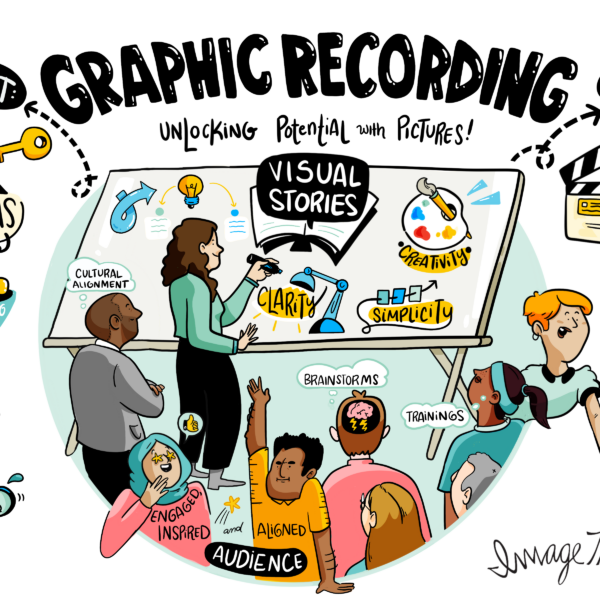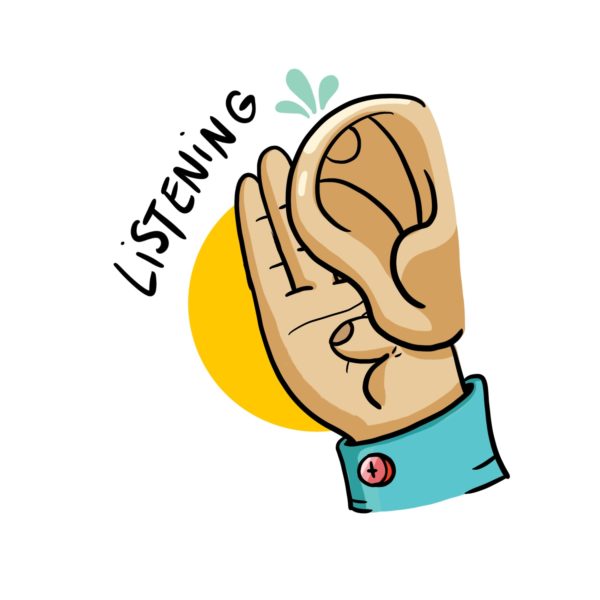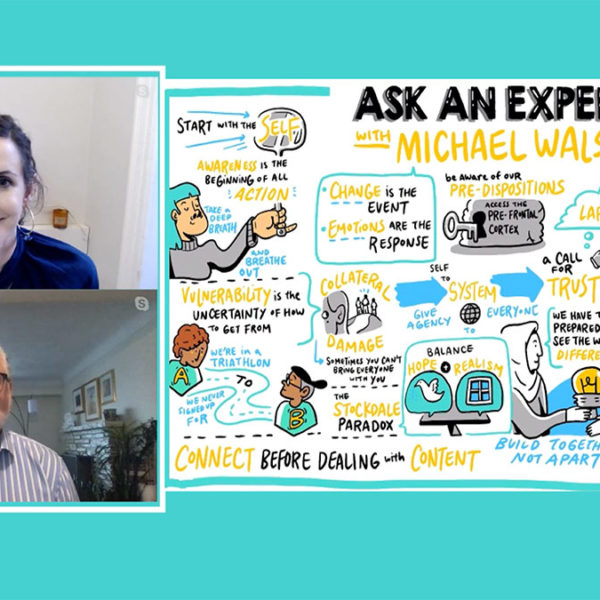“Leadership is not about being the best. Leadership is about making everyone else better.” Here’s why this unattributed quote rings so true:
In part, leadership involves assembling the right teams – the individuals with the knowhow, and the skills required to get the work done. But it’s also about building trust, both team and organization-wide, and providing the resources necessary to execute projects and daily work functions efficiently. However, as many great leaders know, this is the bare minimum, or a piece of the pie, if you will.
Great leaders embrace the old adage that two heads are better than one; that organizations and groups can accomplish more than individuals can on their own. Together, people produce more output, create groundbreaking ideas and innovations, and actively disrupt the status quo – all of which is crucial for an organization to succeed. Despite this truth, getting employees to work together and share ownership of projects and initiatives is a perennial challenge for leaders everywhere.
Leading Visually
In our ten plus years of being in business, we’ve helped clients address this challenge with visual strategy, targeting underlying issues. By helping leaders and management lead visually, we’ve helped align organizations, provide direction, and give work purpose and passion. If our work in visual leadership has shown us anything, it’s that:
- Leaders leverage the skills, knowledge, and expertise of those who make up the organization.
- Leaders unite teams and employees with organizational values and goals.
- Leaders provide a clear path forward to achieve goals and execute initiatives successfully.
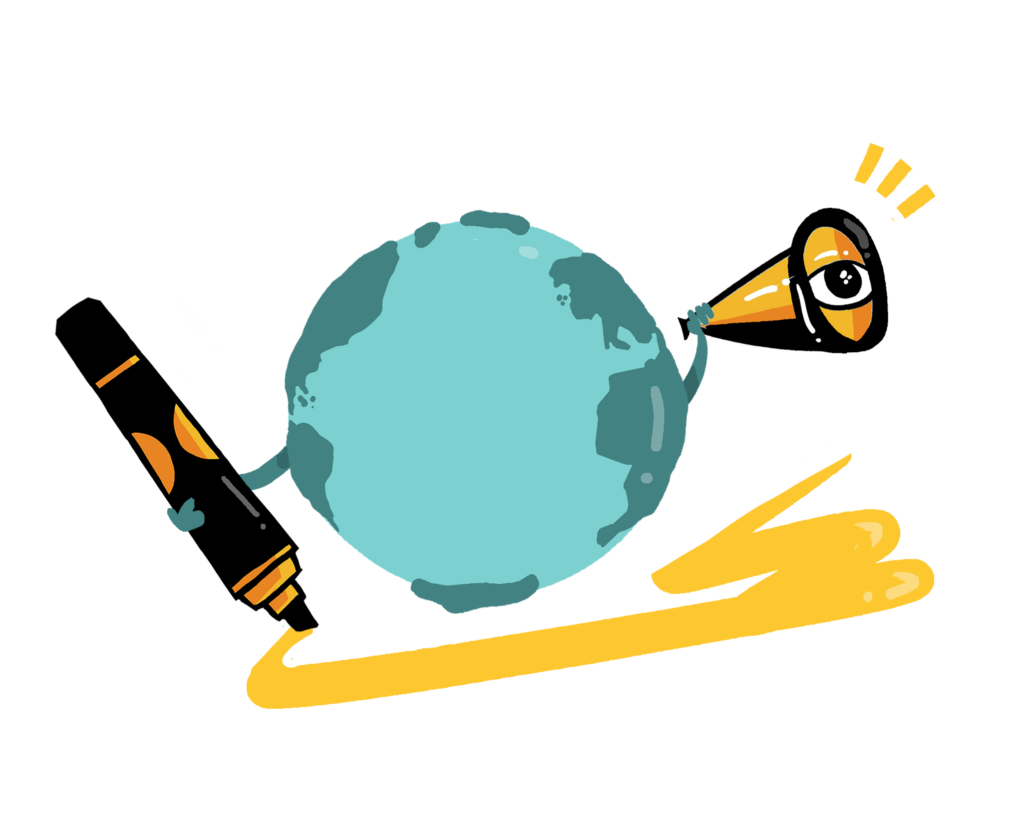
Visuals are the tool our clients use to anchor these three facets of leadership. It’s how the clients we support are able to develop their teams, and how they are able to commit to the success of the organization. If you’re intrigued by the idea of visual leadership or are interested in learning about leading visually, you’ve come to the right place.
1. Leveraging the skills, knowledge, and expertise of the organization
You’re probably familiar with the myriad ways we incorporate visuals into business practices. From social listening murals to graphic recording and graphic facilitation – visuals are the central component of what we do. Through visual leadership, our team of visual strategists are able to increase collaboration and engagement, capture insight, and create visual summaries of discussions, decisions, and strategic plans.
Visuals are a medium that allows participants to bring their best selves forward. When attendee input is visibly recorded, individuals are more willing to contribute to the conversation. In this sense, visuals offer the perfect opportunity to highlight and equalize voices to ensure that the discussion is evenly distributed and no gems are overlooked.
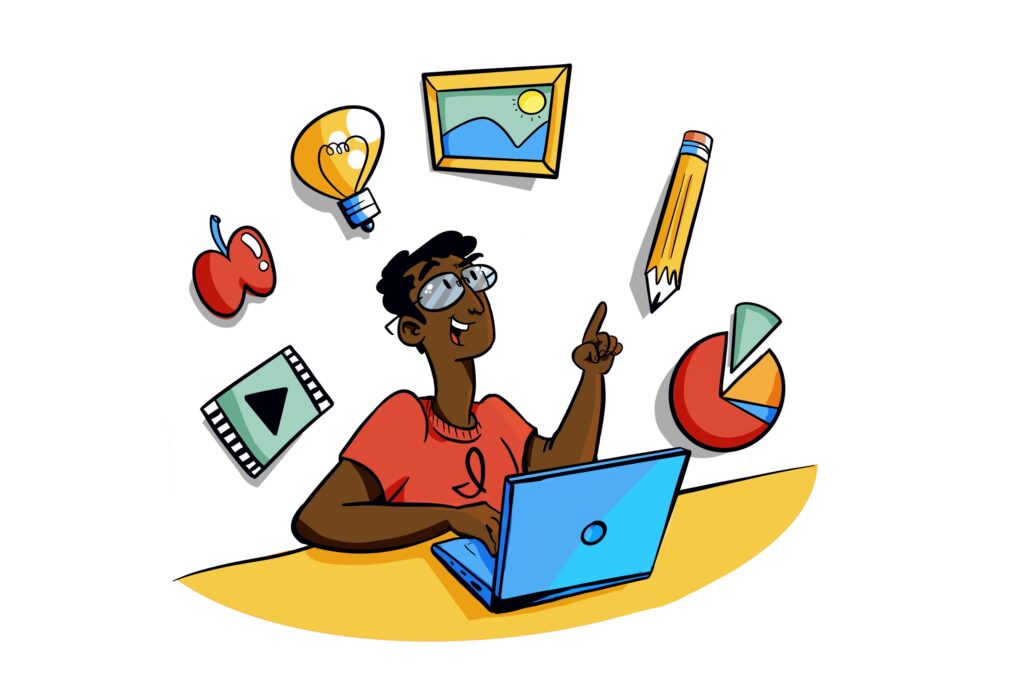
When insight is captured, patterns and linkages between ideas emerge. Team members begin to recognize similarities to seemingly disparate trains of thought, which prompts further development of ideas. With visual support, the strong ideas stand out, attendees acknowledge where they fit in the picture, and your team is left energized to achieve the overarching goal.
Leaders who use visuals to amplify the skills, knowledge, and expertise of those who make up their teams and organization understand that their greatest asset is their people. What better way to leverage their input and collectively unify them than with visuals?
2. Uniting with purpose
In our work, it’s not uncommon to come across the following problem: the team does the work, but lacks the passion or excitement needed to generate new ideas and maintain motivation. In other words, teams who struggle with the “why” behind the work they are doing. A little visual support can go a long way toward igniting inspiration within teams.
With the introduction of visual work, group energy starts to shift. Teams become more engaged and excited to take place in a meeting that disrupts the same old. Visuals help participants literally see the value of collaboration and working together to achieve something greater than themselves.
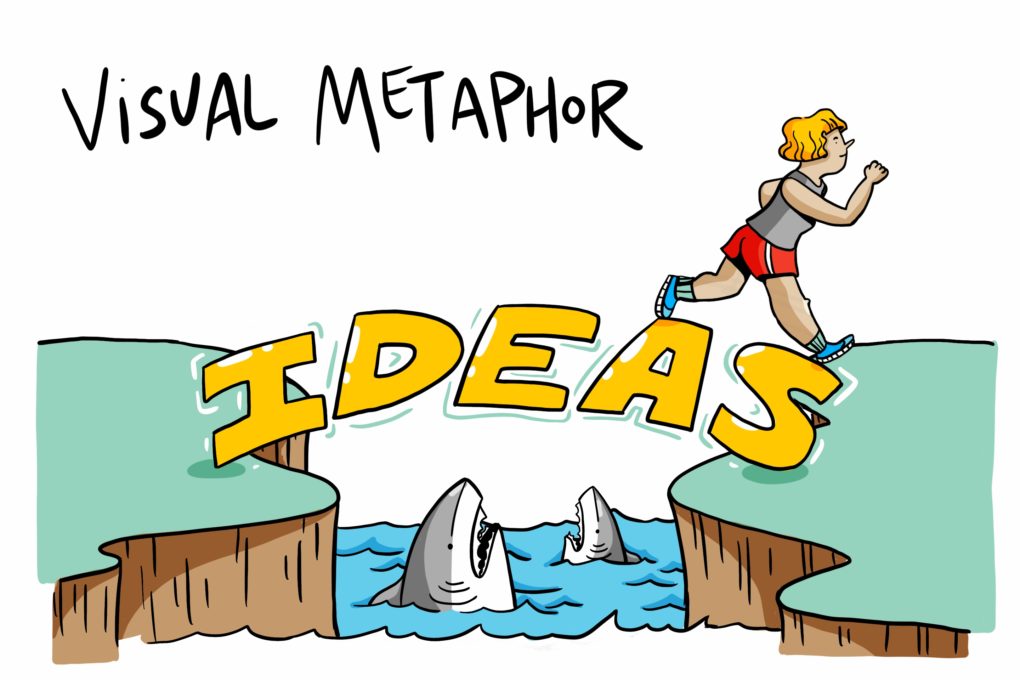
When we facilitate meetings, we help team members inhabit the organization or team’s mission by personalizing the professional. Visual leadership taps into what drives each individual to show up, and uncover shared goals for individuals and organizations. The result is a united front, aligned with the organization and their goals.
3. Mapping out the path to success
What’s the greatest perk of hiring a graphic facilitator? Visual documentation leaves a tangible artifact, an actual roadmap, of all that you have planned. Good ideas aren’t lost at the conclusion of the session, and goals and objectives are defined for all team members. In fact, those who lead visually can choose a direction, AND provide a map that details how to get there.

With every point visually documented, there is little room for confusion or misinterpretation. A visual summary of the meeting makes the path forward universally clear. And, with recognizable iconography from collectively generated ideas, a sense of shared ownership is created for all participants.
Leading visually is a proven way to capitalize on an organization’s human capital. Leaders who use visuals help unify participants to organizational goals, and set them up to see them through to their success. If you’re looking to tap into your team’s potential, align teams, or direct with visuals, try visual leadership! Give us a call to start leading visually today.

What can your team achieve with visuals?
Download our graphic facilitation capabilities deck to see how we help leaders leverage insight, align teams, and define successful projects and initiatives.
